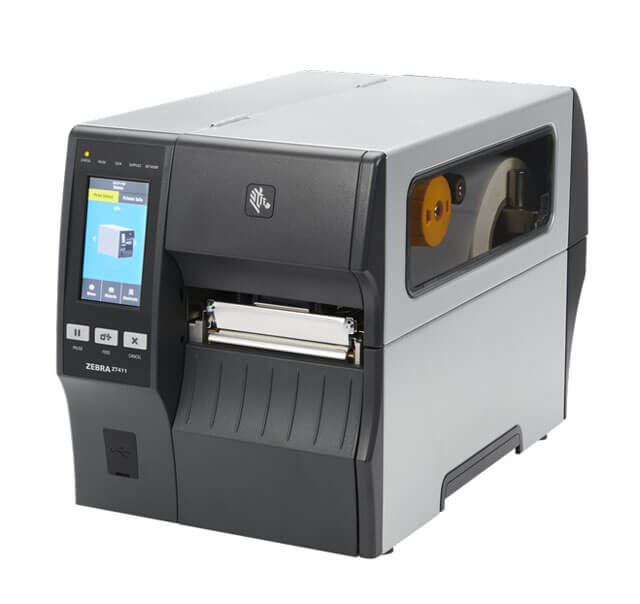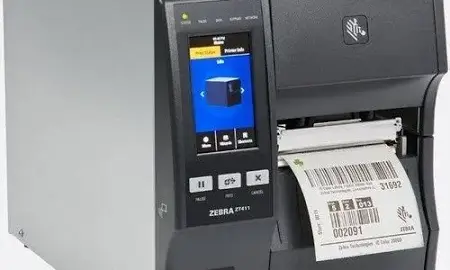
Choosing the right industrial printer for product marking is essential for ensuring that your production processes are efficient and compliant with industry standards.
Here’s a guide to help you make the right choice, along with a list of recommended printers.
1. Understand Your Product and Material
- Material Compatibility: The first step is to identify the type of material you need to mark—whether it’s plastic, metal, glass, cardboard, or other surfaces. Different printers are optimized for different materials. For instance, Continuous Inkjet (CIJ) printers are versatile for a variety of surfaces, while Laser Marking Systems are ideal for high-contrast, permanent marks on metals and plastics.
- Surface Characteristics: Consider the surface texture and shape of your products. If you’re dealing with curved, uneven, or textured surfaces, you might need a printer with advanced adaptability or specific inks.
2. Evaluate the Printing Environment
- Production Speed: High-speed production lines require printers that can keep up without sacrificing print quality. CIJ and Thermal Inkjet (TIJ) printers are often chosen for their ability to print at high speeds.
- Environmental Conditions: Consider factors such as temperature, humidity, dust, and exposure to chemicals. For example, Laser Marking Systems are more resilient in harsh environments, while certain ink-based printers may require specific conditions to prevent ink drying or clogging.
3. Determine Your Marking Requirements
- Marking Content: What information do you need to print? Whether it’s simple batch codes, complex barcodes, QR codes, logos, or expiration dates, different printers excel in various marking tasks. TIJ printers are known for high-resolution prints, making them ideal for detailed graphics and fine text.
- Durability and Permanence: If your products require long-lasting marks that withstand wear, chemicals, or UV exposure, a Laser Marking System might be your best bet. For temporary or removable markings, CIJ printers with specific inks may be more suitable.
4. Consider Operational Costs and Maintenance
- Initial Investment vs. Operating Costs: While some printers may have a lower upfront cost, their operational expenses (ink, solvents, maintenance) could be higher in the long run. Laser Marking Systems typically have higher initial costs but lower ongoing expenses, as they do not require consumables like ink.
- Ease of Maintenance: Choose a printer that aligns with your maintenance capabilities. TIJ printers are generally low-maintenance, with easy cartridge replacements, while CIJ printers may require more frequent cleaning and servicing.
5. Compliance and Regulatory Requirements
- Ensure the printer you choose can meet industry-specific regulations, especially if your products are subject to strict labeling requirements, such as in the food, pharmaceutical, or electronics industries. Certain printers, like Laser Markers, are known for their precision and ability to meet regulatory standards.
6. Test Before You Invest
- Before making a final decision, request samples from different printers on your actual product materials. This allows you to evaluate print quality, adhesion, and overall performance in real-world conditions.
7. Look for Supplier Support and Service
- Partnering with a reliable supplier who offers comprehensive support, including installation, training, and after-sales service, is crucial. Ensure they provide quick response times and readily available spare parts.
Featured Industrial Printer: Zebra ZT411
When considering a robust industrial printer for your product marking needs, the Zebra ZT411 Industrial Barcode Printer is an excellent option. It offers advanced technology, including a large color display and versatile connectivity options. This printer is designed to enhance performance and adaptability, making it suitable for a wide range of applications, including RFID label printing for metal asset tracking. Its intuitive operation, combined with Zebra’s Print DNA software, ensures unparalleled intelligence and innovation, perfect for critical operations.
Conclusion
Choosing the right industrial printer for product marking involves carefully assessing your product characteristics, production environment, marking requirements, and budget. By considering these factors and evaluating some of the recommended printers, you can ensure a smooth and efficient marking process that meets your production demands.

